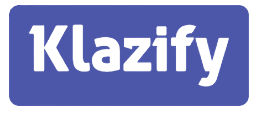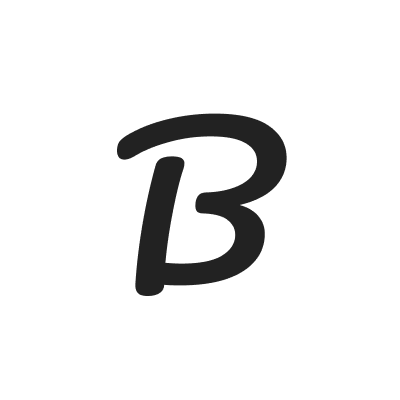If you want to increase the safety of your brand but can’t find a good API to do it, here we gathered for you the three best alternatives to Whosixmlapi.
It can take a long time to create an image for your brand that is positive enough that your customers will keep coming back. However, it can take just a second to destroy all those years of work. You may be involved in promoting your website on unsafe sites, posting fake news, or not matching the ad and side topic, among many other things.
Keeping your customers happy is key to success, then you should try to avoid any type of negativity around your brand so they won’t stop consuming your product. But how can you do this? Well, this is where an API can help you. This is an interface that connects two or more applications and makes them interact with each other. When you request something from an API, you’ll get an immediate response.

Most domain APIs return a website classified in different categories, which can be helpful to see which sites you want to block and avoid so they won’t be linked to yours. The brand safety API allows you to have more control over where your advertisements appear in order to protect your brand and prevent advertising from appearing on third-party sites. You can submit a list of domains or mobile applications for which you do not want adverts to appear.
This sounds really helpful, doesn’t it? The question now is where to get an API good enough to let you do this type of thing. You might have tried Whoisxmlapi, a cyber intelligence service that collects, analyzes and correlates domain, IP, and DNS data to create a more safe and transparent Internet. If you think this wasn’t what you were looking for and want another option, here we offer you the three best alternatives to it:
1. Klazify

Klazify is a popular and really useful API for website categorization that employs Natural Language Processing (NLP) and Machine Learning Engine to evaluate a website’s content and meta tags.
This API connects to a site or URL you provide, gathers data, and then classifies it into over 385 categories. For this, Klazify uses IAB V2 Standard Classification taxonomy for 1-to-1 personalization. The response you receive will be displayed in a variety of computer languages, including JSON, PHP, and Python.
Customers may simply deliver services such as Internet filtering, subscriber statistics, advertising networks, and fraud protection thanks to Klazify’s domain classification. The distinction between the other tools and this one is that the latter is the closest thing to having a real person look over every detail of the subject you’re interested in. The extra benefit is that this technology can do this in a single second on hundreds of thousands of websites.
2. SafeDNS

SafeDNS is primarily aimed at software and hardware developers that wish to include website classification into their products. It categorizes websites into at least 61 categories using their domains as inputs, but users may add up to 200 classifications to tailor their solutions. The tool is updated on a regular basis and presently contains 109 million URLs in its database.
3. Brandfetch

Brandfetch’s Website Categorization API refers to the IAB list. Users may obtain the industry and subcategories under which a company’s website fits by simply entering its domain into the input form. The API, in reality, makes use of 385 IAB categories. The results are basic and provide confidence ratings. The tool, as an API, may be integrated into a user’s existing systems and solutions. The output is in JSON format.

